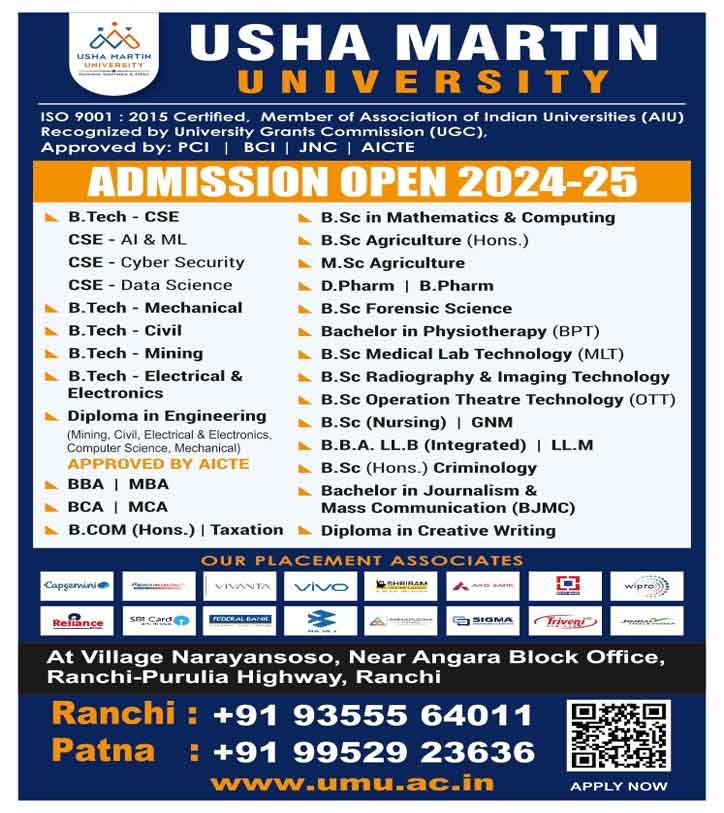THE JHARKHAND STORY DESK
New Delhi, Nov 4: Using a magnet and medical expertise, doctors at AIIMS Delhi successfully extracted a needle that was stuck in a seven-year-old boy’s left lung, the hospital reported on Saturday.
The Department of Paediatric Surgery had to perform an intricate endoscopic procedure because of the location of the 4 cm needle within the lung and the limited area available for surgical instruments.
Admitted to AIIMS on Wednesday in a critical condition due to hemoptysis, a condition characterized by coughing with bleeding, the young boy underwent radiological examinations. Dr. Vishesh Jain, an Additional Professor in the Department of Pediatric Surgery, confirmed the discovery of a lengthy sewing machine needle deeply embedded in his left lung.
Dr Jain contacted an associate, who made it possible to get the magnet the same evening from the busy Chandni Chowk market.
“The magnet, 4 mm in width and 1.5 mm in thickness, was the perfect tool for the job,” Dr Jain said.
Dr. Devendra Kumar Yadav, an Additional Professor in the Department of Pediatric Surgery, described the procedure’s complexity by saying that because the needle was positioned so deeply into the lung, conventional techniques would have been almost useless.
“This realisation prompted a series of intense discussions among the surgical team, aimed at exploring innovative solutions to safely and effectively extract the needle,” he said.
The next phase included careful strategizing and brainstorming with the surgical team, along with their technical officer, Satya Prakash.
“The primary objective was to ensure the secure delivery of the magnet to the needle’s location without any risk of dislodging it into the trachea. The team ingeniously devised a specialised instrument equipped with only one jaw, to which the magnet was securely affixed using thread and a rubber band,” Dr Jain said.
Dr. Yadav states that in order to determine the needle’s exact location inside the left lung, the team first performed an endoscopy of the windpipe. What they detected was the very tip of the needle, tucked deep inside the lung.
“The magnet-tipped instrument was carefully inserted. It seemed almost magical as the needle responded to the magnetic force, smoothly emerging from its concealed location. It was successfully extracted,” Dr Jain said.
“Had this not worked, we would have needed to open the chest and lungs and extract the needle with the traditional method which would have been more difficult and invasive,” he said.

The All India Institute of Medical Sciences (AIIMS) states that the family was unable to provide any details about how the needle entered the child’s lung.


